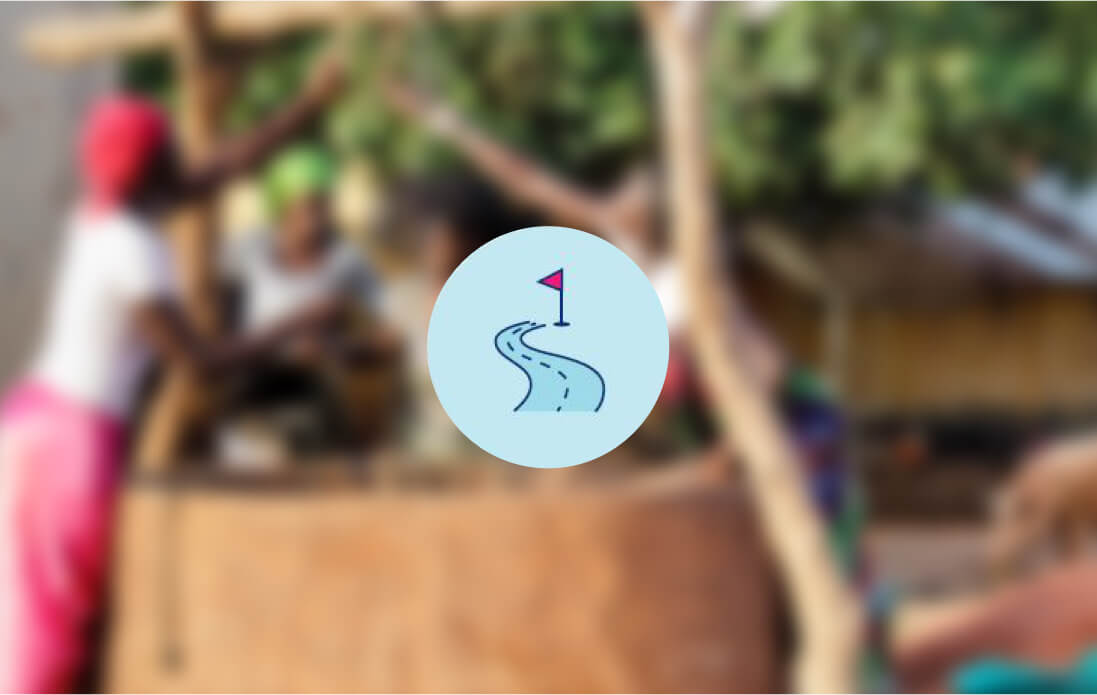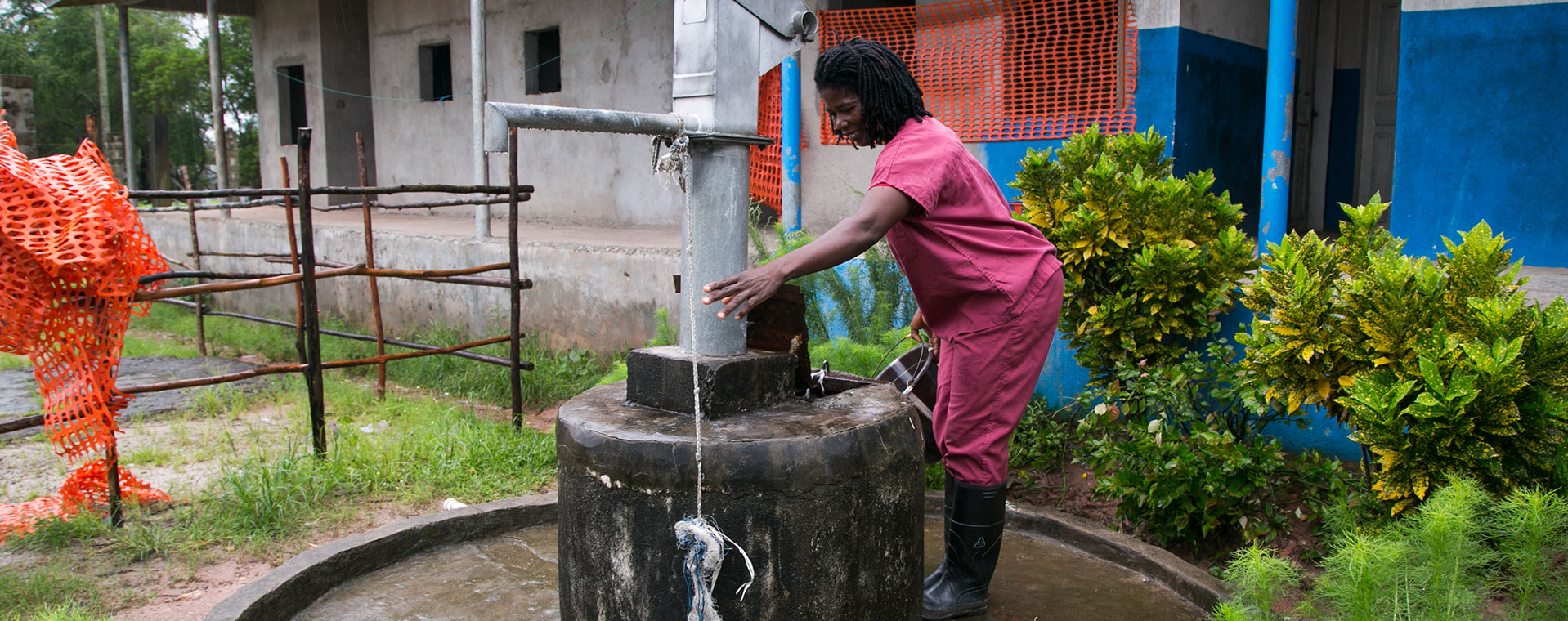
How one Indian state created a safe environment for newborns
STORIES |
National Health Mission, UNICEF, Indian Institute of Health Management Research and the Department of Panchayat and Rural Development.
Trigger: When the Prime Minister of India made a national call to action in 2014 to improve cleanliness in all public settings, including health care facilities, several national actors quickly took up the challenge. The National Quality Assurance Programme for Public Health Facilities, the Swachhata Guidelines for Public Health Facilities, and the cleanliness programme, Kayakalp, began facilitating improvements in partnership with several states.
What: The State of Madhya Pradesh focused its response on improving WASH in health care facilities and nutrition rehabilitation centres in nine districts with poor health indicators. The goal was to create an infection-free environment in 196 facilities handling more than 100 deliveries per year, reaching a total of 120,000 newborns. Government staff and partners developed policies, technical guidelines, and standard operating procedures to improve the safety and cleanliness of outpatient departments, labour rooms, newborn care units, post-natal wards, and nutrition rehabilitation centres. Based on a comprehensive assessment, they also developed facility plans and mobilized support for implementation of WASH and health care waste management improvements. A mobile app was used for bi-monthly grading and monitoring.
Results:
- More WASH services, better trained staff. By the end of 2017, health care facilities in Madhya Pradesh saw improvements in adherence to WASH protocols and access to functional drinking water services, toilets, and hand washing stations. Over 1,000 health care workers attended training in implementation and management of standard WASH protocols. When surveyed, health care workers perceived that WASH and IPC systems had improved since the interventions; staff morale and performance also improved.
- Scaled up WASH improvements. As part of Swachh Swastha Swarvatra and Kayakalp, improvements were scaled-up in 22 districts reaching over 200 health care facilities. Under Kayakalp the work was recognized nationally, particularly for its positive impact on teamwork and motivation.
Who: National Health Mission, UNICEF, Indian Institute of Health Management Research and the Department of Panchayat and Rural Development.
“The perception of patients and public regarding the level of cleanliness and ambience of a (public health) facility directly affects the level of confidence they have in the health care offered in a facility. Low levels of cleanliness in public hospitals are a deterrent to use by people. Maintenance of the hygiene and cleanliness of health facilities is not only related to aesthetics and patient satisfaction but also reduces the incidence of hospital associated infections.”
–Ministry of Health and Family Welfare, 2015 Swachata Guidelines for Public Health Facilities
